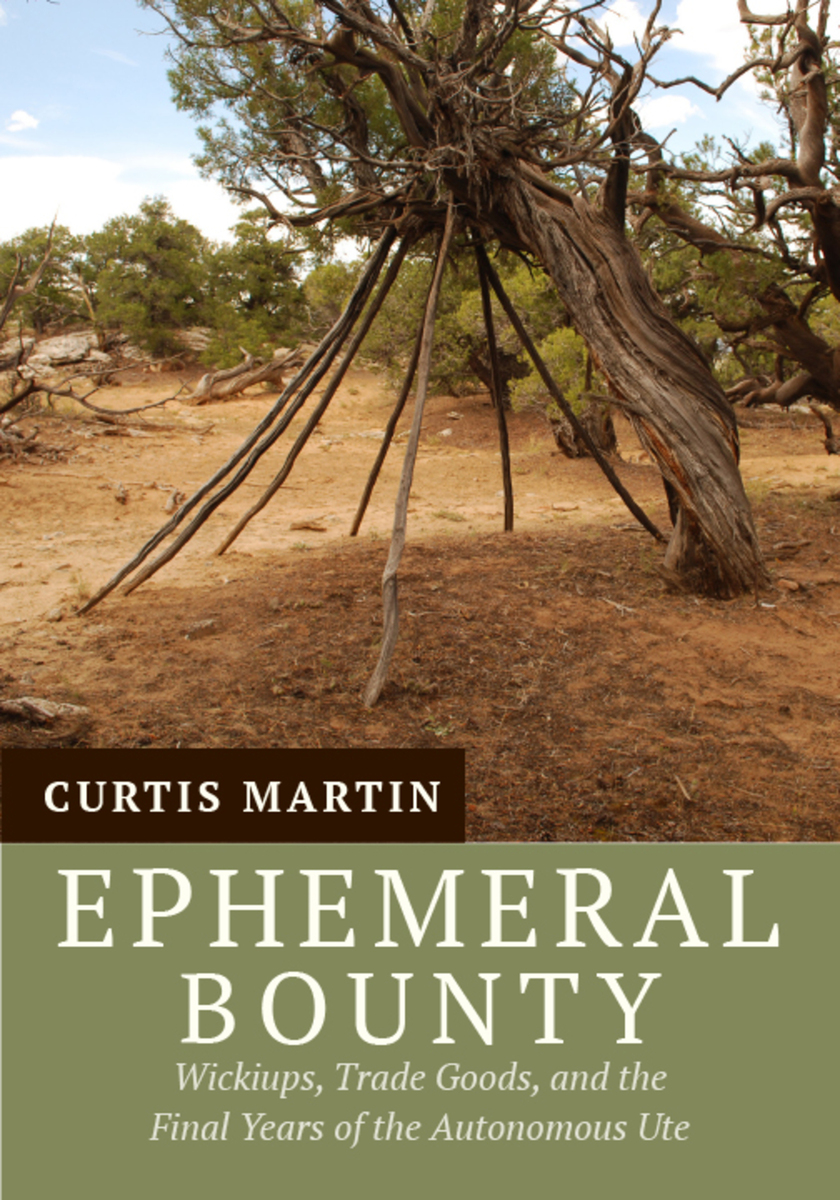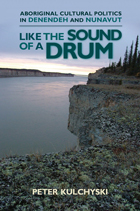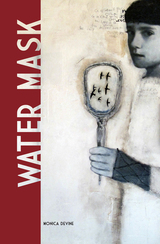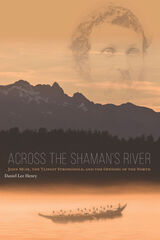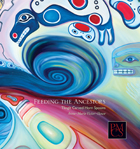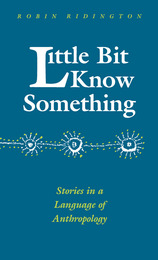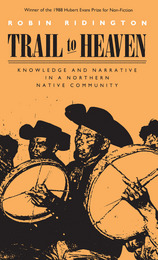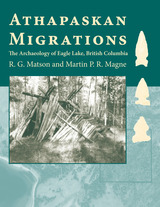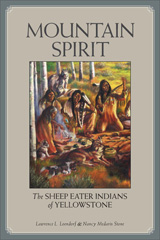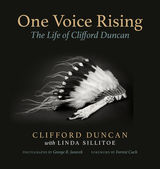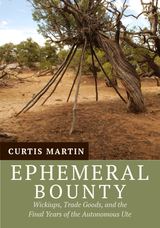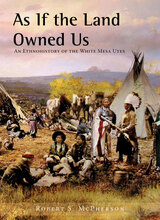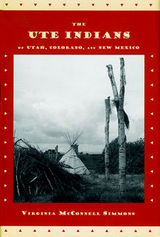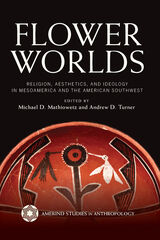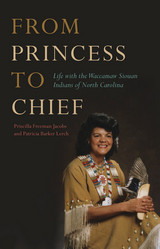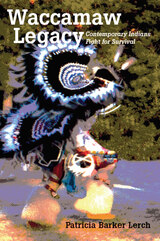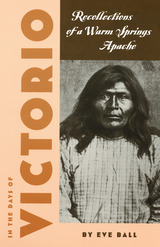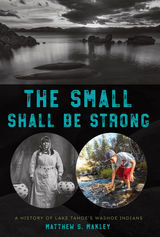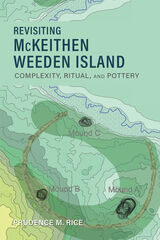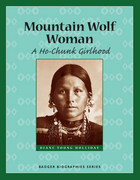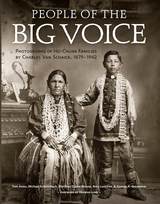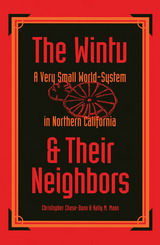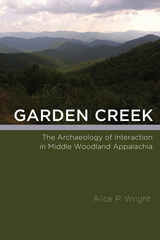Ephemeral Bounty: Wickiups, Trade Goods, and the Final Years of the Autonomous Ute
University of Utah Press, 2016
eISBN: 978-1-60781-468-9 | Paper: 978-1-60781-467-2
Library of Congress Classification E99.U8M375 2016
Dewey Decimal Classification 979.004974576
eISBN: 978-1-60781-468-9 | Paper: 978-1-60781-467-2
Library of Congress Classification E99.U8M375 2016
Dewey Decimal Classification 979.004974576
ABOUT THIS BOOK | AUTHOR BIOGRAPHY | REVIEWS | TOC | REQUEST ACCESSIBLE FILE
ABOUT THIS BOOK
The Colorado Wickiup Project is documenting ephemeral wooden features such as wickiups, tree-platforms, and brush horse corrals that remain scattered throughout the mesas, canyons, and mountains of the state. They date from when European newcomers first arrived with a bounty of new things—horses, metal knives and axes, guns, and brightly colored glass beads—which were readily adopted by the Utes.
The Project is unique in using the techniques of metal detection, historic trade ware analysis, and tree-ring dating of metal ax–cut wickiup poles to distinguish the Ute sites from historic Euro–American ones. Through this analysis, researchers have demonstrated that not all Utes left Colorado for the reservations in Utah during the “final removal” in 1881, as has been generally believed. A significant number remained on their homelands well into the early decades of the twentieth century, building brush shelters and living much as they had for generations, but with new tools and weapons.
Appendix B Form: Aboriginal Wooden Feature Component Form
The study of the last remaining Ute wickiups, or brush shelters, along with the historic artifacts found with them has uncovered an understudied chapter of Native American history—the early years of contact with European invaders and the final years of Ute sovereignty. Ephemeral Bounty is the result of this archaeological research and its findings on the protohistoric and early historic Ute Indians of Colorado.
The Colorado Wickiup Project is documenting ephemeral wooden features such as wickiups, tree-platforms, and brush horse corrals that remain scattered throughout the mesas, canyons, and mountains of the state. They date from when European newcomers first arrived with a bounty of new things—horses, metal knives and axes, guns, and brightly colored glass beads—which were readily adopted by the Utes.
The Project is unique in using the techniques of metal detection, historic trade ware analysis, and tree-ring dating of metal ax–cut wickiup poles to distinguish the Ute sites from historic Euro–American ones. Through this analysis, researchers have demonstrated that not all Utes left Colorado for the reservations in Utah during the “final removal” in 1881, as has been generally believed. A significant number remained on their homelands well into the early decades of the twentieth century, building brush shelters and living much as they had for generations, but with new tools and weapons.
Appendix B Form: Aboriginal Wooden Feature Component Form
See other books on: Archaeological surveying | Colorado | Dwellings | Final Years | Ute Indians
See other titles from University of Utah Press
